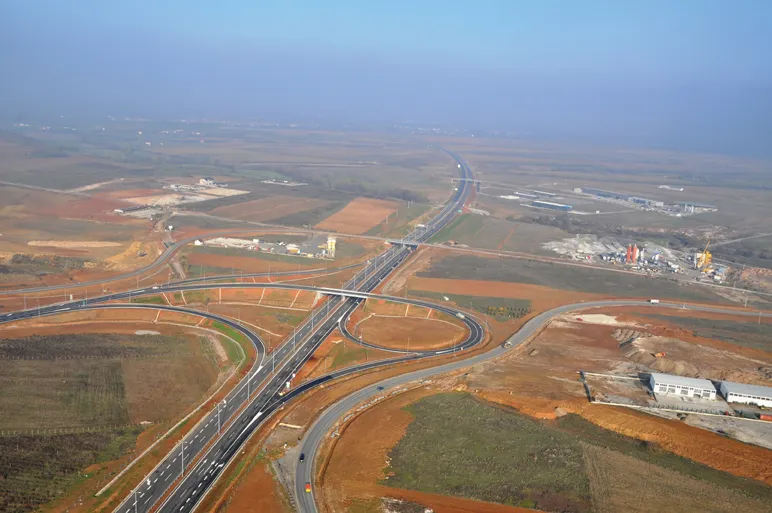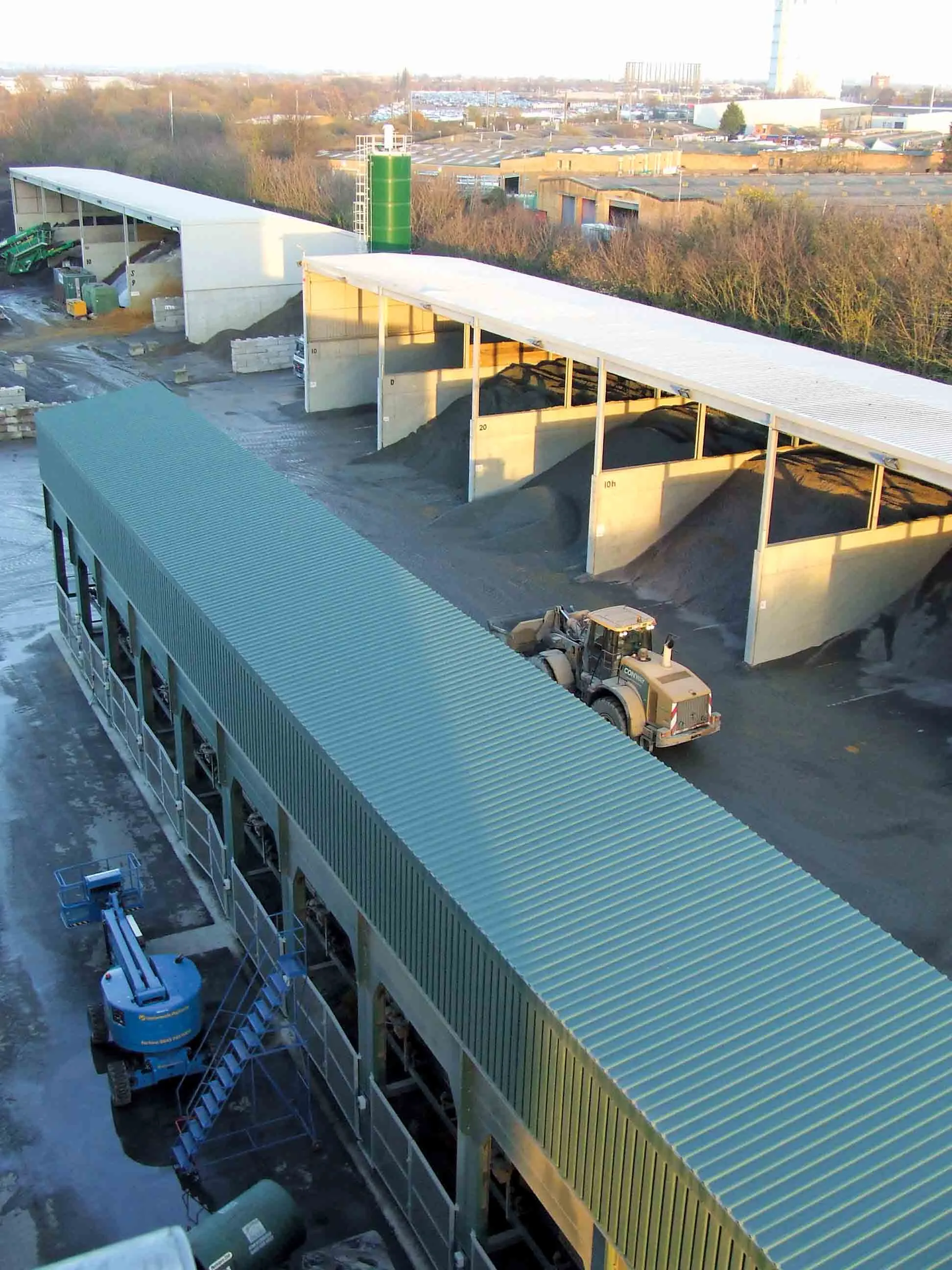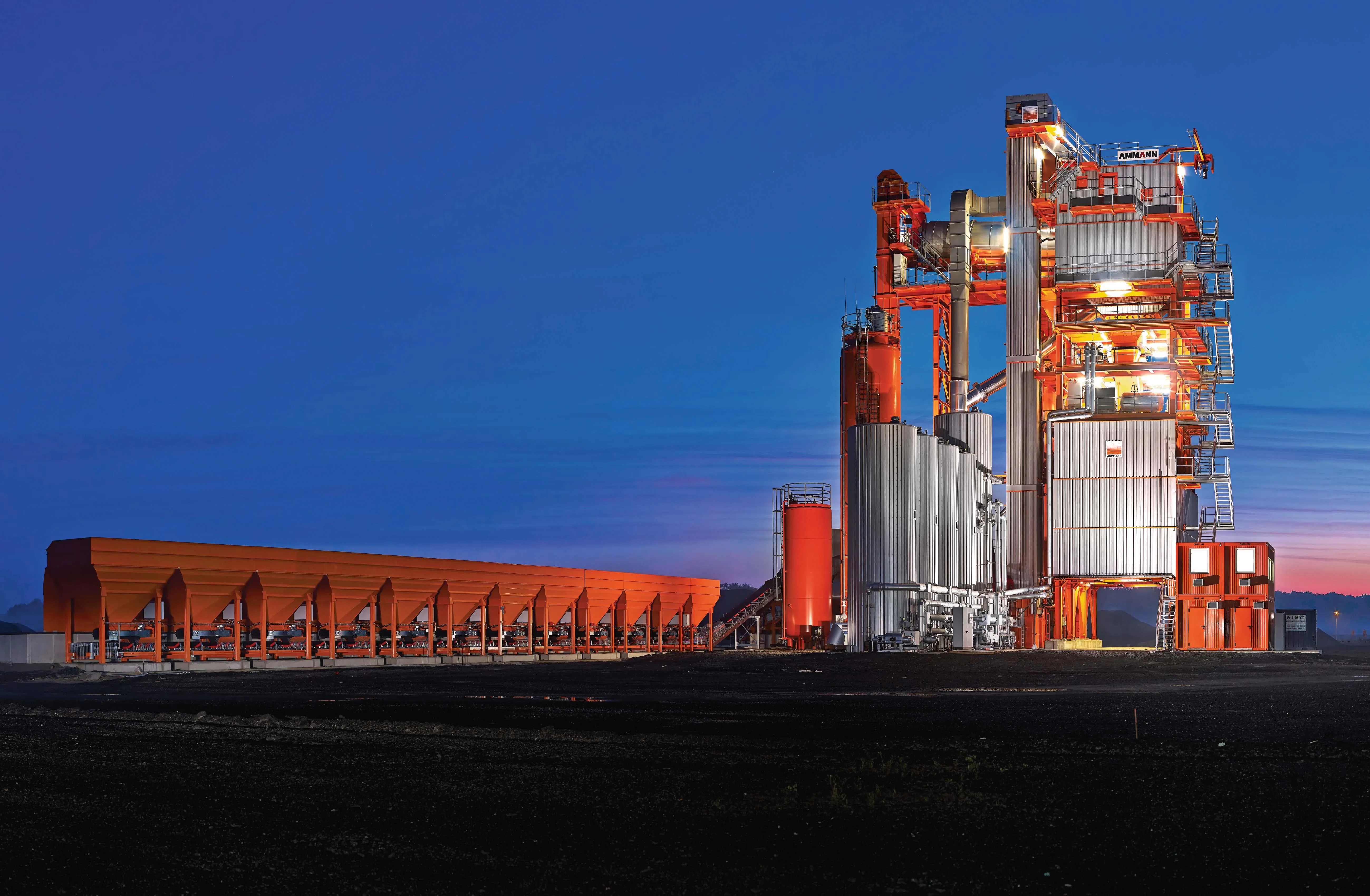The Eurasphalt & Eurobitume 2012 event in Turkey has attracted record attendance figures - Mike Woof reports A strong focus on sustainability has been the focus for the 5th Eurasphalt & Eurobitume Congress held in June 2012 at Turkey’s Istanbul Lutfi Kirdar Congress Centre. The conference had as its theme: Asphalt, the sustainable road to success and attracted the highest ever number of attendees for this four yearly event. In one of the opening presentations Turkey’s transport minister, Binali Yildirim, sp
June 26, 2012
Read time: 6 mins

The Eurasphalt & Eurobitume 2012 event in Turkey has attracted record attendance figures - Mike Woof reports
A strong focus on sustainability has been the focus for the 5th Eurasphalt & Eurobitume Congress held in June 2012 at Turkey’s Istanbul Lutfi Kirdar Congress Centre. The conference had as its theme: Asphalt, the sustainable road to success and attracted the highest ever number of attendees for this four yearly event.In one of the opening presentations Turkey’s transport minister, Binali Yildirim, spoke passionately about his government’s policy of road building. Since 2002 when his party came to power, Turkey has expanded its network of national roads by some 16,000km from the previous 6,100km.
Asphalt surfaced roads have transformed the country’s network. An engineer by training, he spoke how the country has improved its infrastructure from when he was young. “We had gravel roads and these were the best we had. But after the first rains, the stone would be scattered.”
Of the country’s massive infrastructure spending since 2002, 72% has been invested in road building. “Sometimes we’ve constructed more than 2,000km/year.”
Around US$35 billion has been spent on dual carriageways or highways. “In five years it will be amortised, so we get a return on investment.”
He explained that while infrastructure requires a big investment, the direct returns in terms of economic benefits are hard to quantify. He added, “But you need infrastructure for economic development.”
Because the demands for infrastructure are so large, government funding cannot supply all the needs and Turkey is using both BOT and PPP models as a result.
The dual carriageways and highways have also helped boost safety as the country has seen a 100% increase in traffic in the past 12 year but a 41% decrease in accidents.
Prior to 2002, the country used some 5 million tonnes of asphalt/year but in 2011 Turkey used some 26 million tonnes. “Our road construction industry also increased,” he said, adding that the new roads have saved 1 billion litres of fuel and 2.5 billion tonnes of CO2.
Sustainability has become a major focus in the road construction sector and at the E&E conference four sustainability themes were highlighted. These were: effective protection of the environment; prudent use of natural resources; social progress recognising the needs of everyone; maintenance of high and stable levels of economic growth and employment.
A key focus for the event was the recent string of innovations in warm mix asphalt, as well as other technologies. Jean-Louis Marchand, president of the
Marchand explained how road construction technology has become increasingly sophisticated but that there is now a huge gap between what road contractors could deliver, and what they are asked to do as clients still rely on old technology, despite this being more expensive and less durable.
Warm mix asphalt offers particular benefits according to Marchand. “There are dozens of ways to produce warm mix in Europe but less than 2% of total asphalt production in Europe is of warm mix. It is so different in the US. They understood immediately it is the right answer to avoid fumes. Last year they produced 100 million tonnes of warm mix, around 30% of total US asphalt production. We have to learn from that.”
The initial keynote speaker sessions included: the socio-economic impact of road construction; financing of road infrastructure and maintenance; responsible sourcing and green procurement; resource use and recycling; durability and performance. Vilrid Femoen, director of public policy at the Norwegian Road Federation spoke on the economic benefits of road investment, highlighting the fact that Kosovo’s Route 7 project for example will provide direct economic benefits for the country and has proven popular with the public and politicians alike. “They understand this will boost the economy, save lives and help the people.”
She said that the
Financing road projects is crucial to ensuring viability and governments now have to find different sources of funds to carry out maintenance and expansion work. Key solutions include; design-build-finance-operate, PPP, road concession and asset management options.
André Broto, vice president of
Speaker topics for the conference were set out in eight themed sections, with contributions from transport economists, social scientists, infrastructure engineers, contractors, consultants and financial specialists. These were aimed at the audience of road users, road authorities, research institutes, politicians, road financing authorities, bituminous binder producers, asphalt producers and contractors.
Energy reduction is an important consideration and methods of quantifying carbon and energy used in producing asphalt for road construction is now essential. At the same time, identifying solutions for reducing energy and carbon use for asphalt in road construction is also vital. The performance of new low energy asphalt mixes may offer particular benefits in this regard.
The durability and performance of mixtures and binders as well as pavements provides an important factor in longevity. Key factors included: advanced testing of properties and performance of mixes and pavements; mix design and pavement performance; ageing, durability and high and low temperature performance; additives; sustainable construction techniques.
Efficient use of resources and increased use of recycling are crucial for sustainability targets to be achieved. The use of waste products from other industries into the mix is gaining in importance when a new project is considered. And at the end of its working life, the structure of a road has substantial residual value through the use of recycling techniques.
Due to global warming, asphalt will have to perform in higher sustained maximum temperatures and more extreme weather with storms and floods. Technology will offer high and low temperature performance and improve waterproofing and drainage. Roads can provide sustainable benefits and improve access to markets, healthcare and education. In urban environments, multi-user roads can provide safe and efficient travel solutions, and enable mass movement of people and goods. The challenge for our industry is to build roads for a wide variety of users, in different climatic conditions that have minimum environmental impact.
Sustainability is becoming more important in the procurement process, which has pushed the agenda in quantifying achievements so that spurious claims can be identified.
At the same time, innovative solutions should deliver safer roads, including reducing the impact of road construction on workers and the environment. Key issues in this area included an array of topics running from work zone safety to fumes reduction and skid resistance.









